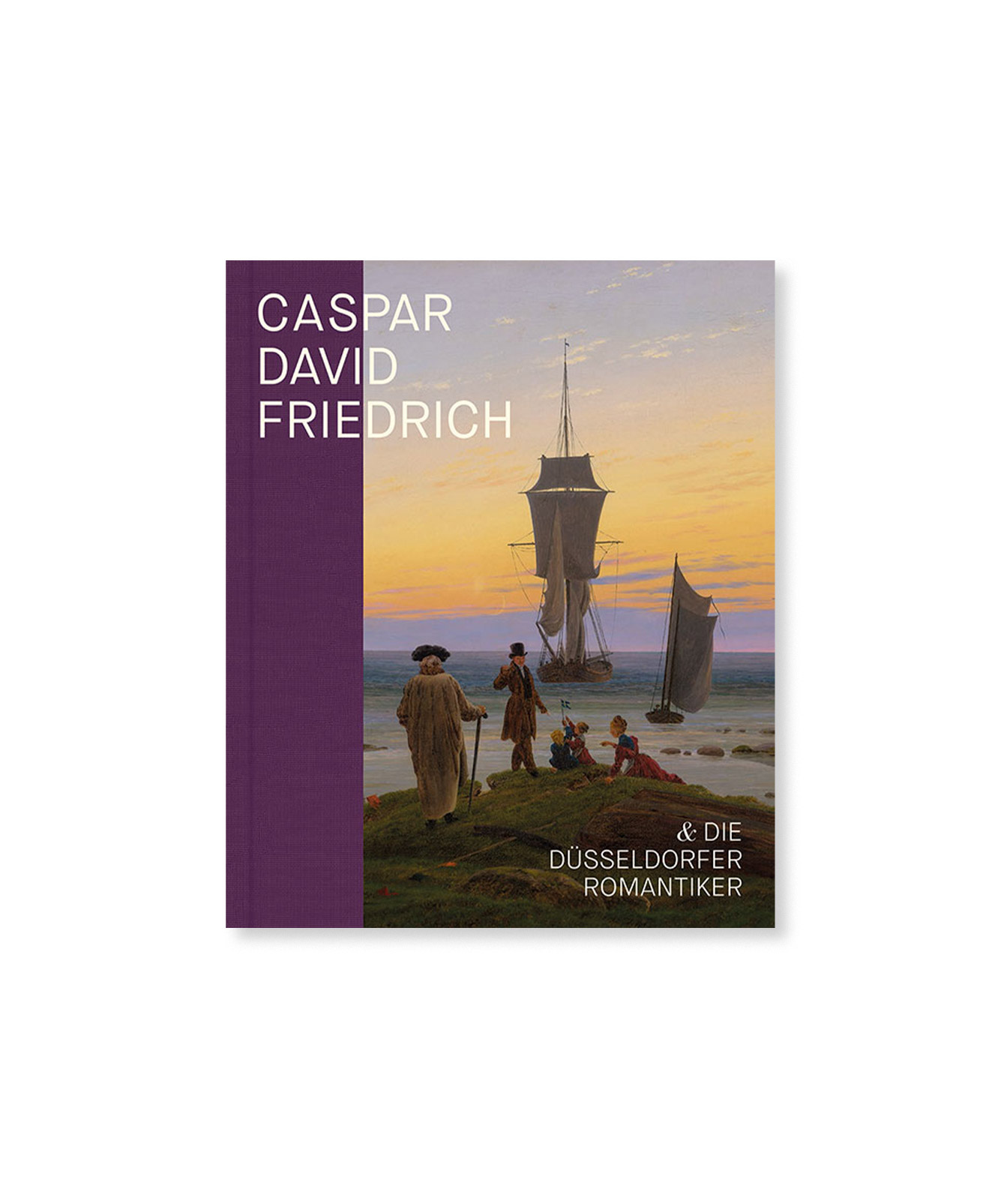Caspar David Friedrich and the Düsseldorf Romantics
15 October 2020 – 24 May 2021
Date
15 October 2020 – 24 May 2021
Location
» KunstpalastAdmission: 9€ / concessions 7€
Children / young people under 18: free
Members of Friends of the Kunstpalast: free
Exhibition
During his lifetime, Caspar David Friedrich (1774-1840), the most eminent artist of German early Romanticism, had a lively relationship with various representatives of Düsseldorf landscape painting. It was marked by criticism and polemics but also by mutual recognition. From the 1820s onwards, Friedrich’s work lost popularity and was finally eclipsed by the up-and-coming Düsseldorf School of Painting

The exhibition comprising approximately 120 works illustrates the changes in taste occurring in the period between early Romanticism and the beginnings of the Realist movement. For the first time Saxonian landscape painting forms a dialogue with works of the Düsseldorf School of Painting. Around 30 paintings and 20 drawings by Friedrich, as well as works by his Dresden colleagues Carl Gustav Carus (1789-1869), Ludwig Richter (1803-1884) and Ernst Ferdinand Oehme (1797-1855) are juxtaposed with paintings by the Düsseldorf artists Andreas (1815-1910) and Oswald Achenbach (1827-1905), Carl Friedrich Lessing (1808-1880), Johann Wilhelm Schirmer (1807–1863) and others.
The first half of the 19th century saw a lively and multifaceted cultural exchange between the Rhineland region and Saxony. From 1826, Friedrich exhibited at a variety of German art academies, as did the director of the Düsseldorf Academy of Art, Wilhelm Schadow (1788-1862), and members of the early generation of the Düsseldorf School of Painting. According to Friedrich, contemplation of nature was meant to facilitate an exploration of the inner self; landscape paintings were not merely intended to depict nature, but to arouse emotions, as is symbolised by the Rückenfigur motif (figure seen from behind). From the late 1820s onwards, works by artists in both Düsseldorf and Saxony made reference to Friedrich’s paintings. However, paintings by Düsseldorf artists increasingly exhibited more dramatism and pathos, as well as being of a considerably larger format; they told stories and were convincingly refined technically. This style of painting gradually had an increasing influence, particularly on the Saxonian art scene, and thus, leading Düsseldorf painters were eventually awarded professorships at the Dresden Academy.
Presented in eight sections ranging from studio scenes to a variety of landscape themes, the exhibition explores the ways in which Dresden Romanticism came to be superseded by the Düsseldorf style of painting, as well as addressing the social developments underlying this change in taste. Alongside native landscapes, maritime paintings and moonlit nocturnes, the exhibition also illuminates the plein air study as a working method. Referring to issues such as ephemerality – a central theme in Romantic art – the exhibition illustrates the evolution of painting from the silent contemplation of Caspar David Friedrich to the social satire occurring in genre paintings by Düsseldorf artists. Further interesting contrasts are demonstrated by comparing Friedrich’s contemplative Rocky Reef on the Sea Shore to the stormy dramatism of Andreas Achenbach’s Storm at Sea off the Norwegian Coast. Important loans from the Alte Nationalgalerie, Berlin, Hamburger Kunsthalle, Folkwang Museum Essen, Musée du Louvre, Paris, Staatliche Kunsthalle Karlsruhe, Städel Museum, Frankfurt, Thyssen-Bornemisza Museum, Madrid, as well as a variety of other renowned public and private collections complement the extensive show.
Curators: Bettina Baumgärtel, Kunstpalast, Düsseldorf, Jan Nicolaisen, Museum der bildenden Künste, Leipzig
The exhibition is a collaboration with the Museum der bildenden Künste Leipzig.
Sponsored by:
Ministerium für Kultur und Wissenschaft des Landes Nordrhein-Westfalen
Kulturstiftung der Länder
WDR3
Works shown in trailer
Works shown in trailer

Catalogue
The presentation is accompanied by a 208-page catalogue in German published by Sandstein Verlag, including a foreword by Felix Krämer / Jeannette Stoschek and texts by Bettina Baumgärtel, Johannes Grave, Florian Illies, Jan Nicolaisen and Maria Zinser.
Museum edition: 29,80 €
Retail edition: 38,00 €
Hotel Recommendations
Living Hotel de Medici, Mühlenstr. 31
www.living-hotels.com
Hotel Indigo, Kaiserswerther Str. 20
www.ihg.com
Hotel Meliá, Inselstr. 2
www.melia.com
Hotel Hyatt Regency, Speditionsstr. 19
www.hyatt.com

Hotel Cooperation
“ART IN THE CITY – WELCOME TO THE PALACE OF ARTS.
A relaxing staycation for everyone with an artsy faible.”
Königsallee 11
40212 Düsseldorf
Phone: +49 (0)211 160 90 0
Fax: +49 (0)211 160 90 111
E-mail: info.bbh@capellahotels.com
Internet: www.breidenbacherhofcapella.com
Further information on cooperation and booking here
Image Credits
Image Credits

